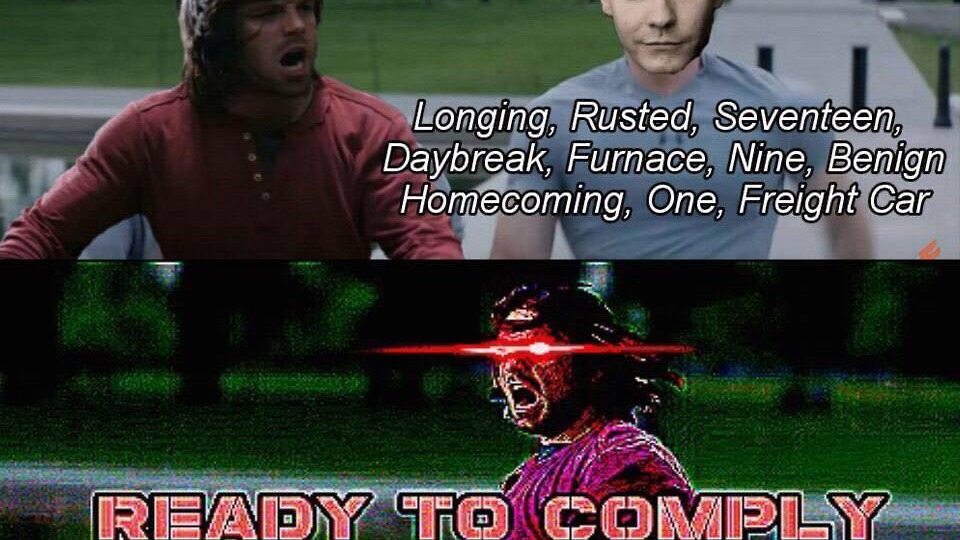Anyway, more verified reporting on Neil Gaiman is out and it's real bad, folks, it just is. I'm not going to link it here, but there are plenty of free links floating around.
I cannot stress this enough, if the topic of sexual assault and graphic details are going to be severely distressing for you, please do not read it. That is not something you have to do to yourself. You do not have to do penance for finding his work meaningful, previously praised it, or enjoyed interacting with him on Tumblr. This is not on you. No one needs that from you, no matter how it may feel.
If this is personally devastating, you can (and should!) take some time to process it. You don't owe the internet a hot take or force yourself to feel the right emotion. Just take a break until you find the right headspace to be in. Please take care of yourselves.



























